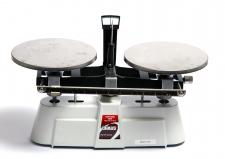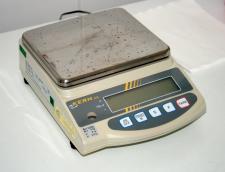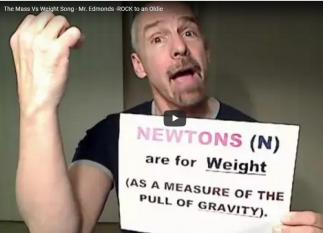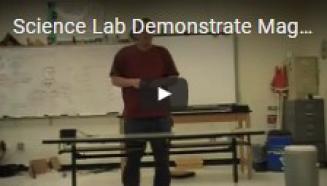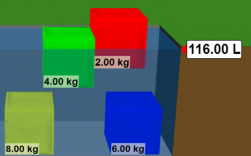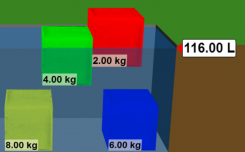In science, we will use the International System of Units which is abbreviated SI, when measuring. When discussing length we will use meters (m). Tools used to measure length will be meter sticks, rulers, and meter tapes.
Mass is the amount of matter contained within an object. Mass does not change with gravity. Your mass would not change as you fly into space or when walking on a different planet. Your mass changes only when you gain weight or lose weight. Mass is measured in grams (g). To measure mass you would use balances, scales, and spring scales.
|
|
|
|
Weight is not the same as mass. Weight measures the gravitational force on the mass. Weight is measured in Newtons (N). Your weight does change depending on where you are in the universe. On the moon, you would weigh 1/6 of your current weight. You would also use balances, scales, or spring scales. Mass is a quantity of material and weight is a force.
Watch this video to help you get a tune stuck in your head about the difference between mass and weight.
Gravity is the force that exists between all objects. It too is measured in Newtons (N). Gravity is dependent on the mass of objects. The more mass an object has, the more gravity it has.
Volume relates to how much space an object occupies. You can measure the volume of regularly shaped objects by multiplying its length times its width times its height: V = lwh. Volume is measured in cubic meters (m3), cubic centimeters (cm3) or liters (L), and milliliters (ml).
Finally, density is defined by how much matter is inside an actual space. Density is calculated by dividing the mass of an object by its volume. d = m/v. An easy way to visualize density is to take a look at a block of wood and a cement block that are the exact size. You can easily deduce that the brick is going to weigh more than the block of wood. This is because the cement block is denser.
We are going to be doing three activities that will practice our ability to use the SI system of measuring.
| Student Version | Preview and Purchase at Teachers Pay Teacher |
|
Measuring Distance using the Magnus Effect for 0.50 cents |
|
|
Student Version of the
|
Purchase at Teachers Pay Teachers Phet Density Digital Lab for $0.75 cents
|
|
Student Version of the |
Purchase at Teachers Pay Teachers Rock and Mineral Density Lab for $0.50 |










